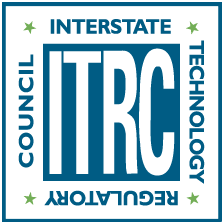Navigating this Website
Frequently Asked Questions
How do I view separate parts of the document in separate screens?
▼Read more
What is the suggested citation for this document?
▼Read more
Linked sections are opening in new windows and not new tabs. How do I change the behavior?
▼Read more
Can I bookmark parts of this guidance?
▼Read more
How do I print from this document?
▼Read more
How do I view glossary terms? How do I close a popup? What do the Internal links look like?
▼Read more
Can I keep a Read more open when I navigate to a new page?
▼Read more


